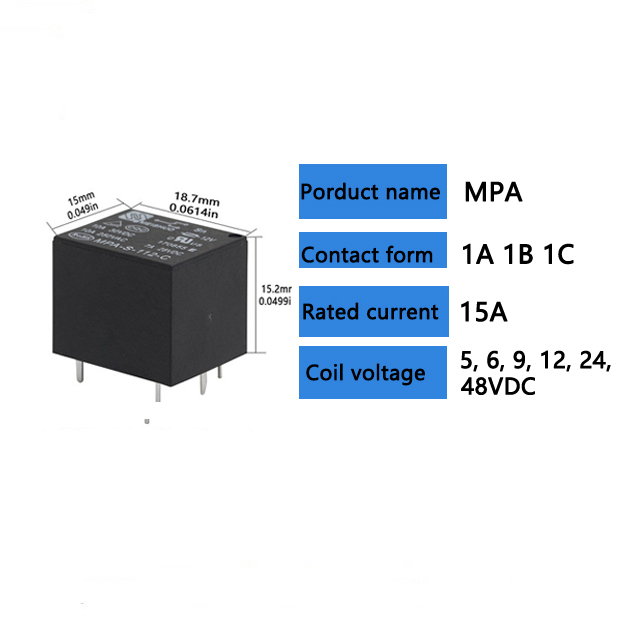relay selection in wireless networks: enhancing communication efficiency
Release time:2025-08-21 23:25:31
Relay selection plays a pivotal role in modern wireless communication systems, particularly when it comes to improving signal strength and overall network efficiency. The concept involves choosing a relay node from a set of available relays that can assist in transmitting signals from the source to the destination. This technique has become an integral part of wireless network design, especially in scenarios where direct communication between the source and destination is either difficult or inefficient due to environmental conditions or network constraints. In this article, we will explore the significance of relay selection, its applications, and the techniques involved in optimizing the relay selection process.

Understanding Relay Selection
Relay selection is an essential part of cooperative communication systems, where multiple nodes collaborate to enhance the quality and reliability of the network. In traditional point-to-point communication, the source sends data directly to the destination. However, in more complex environments such as urban areas or regions with obstacles (e.g., buildings, trees), direct communication may suffer from signal attenuation, interference, or blockage. This is where relay nodes come into play.
A relay node is essentially an intermediate station that receives the transmitted signal from the source, amplifies or processes the signal, and then forwards it to the destination. The selection of the optimal relay node is critical, as it directly impacts the performance of the communication link. Relay selection is influenced by factors such as the distance between the nodes, the quality of the wireless channel, and the energy consumption of the relay node.

